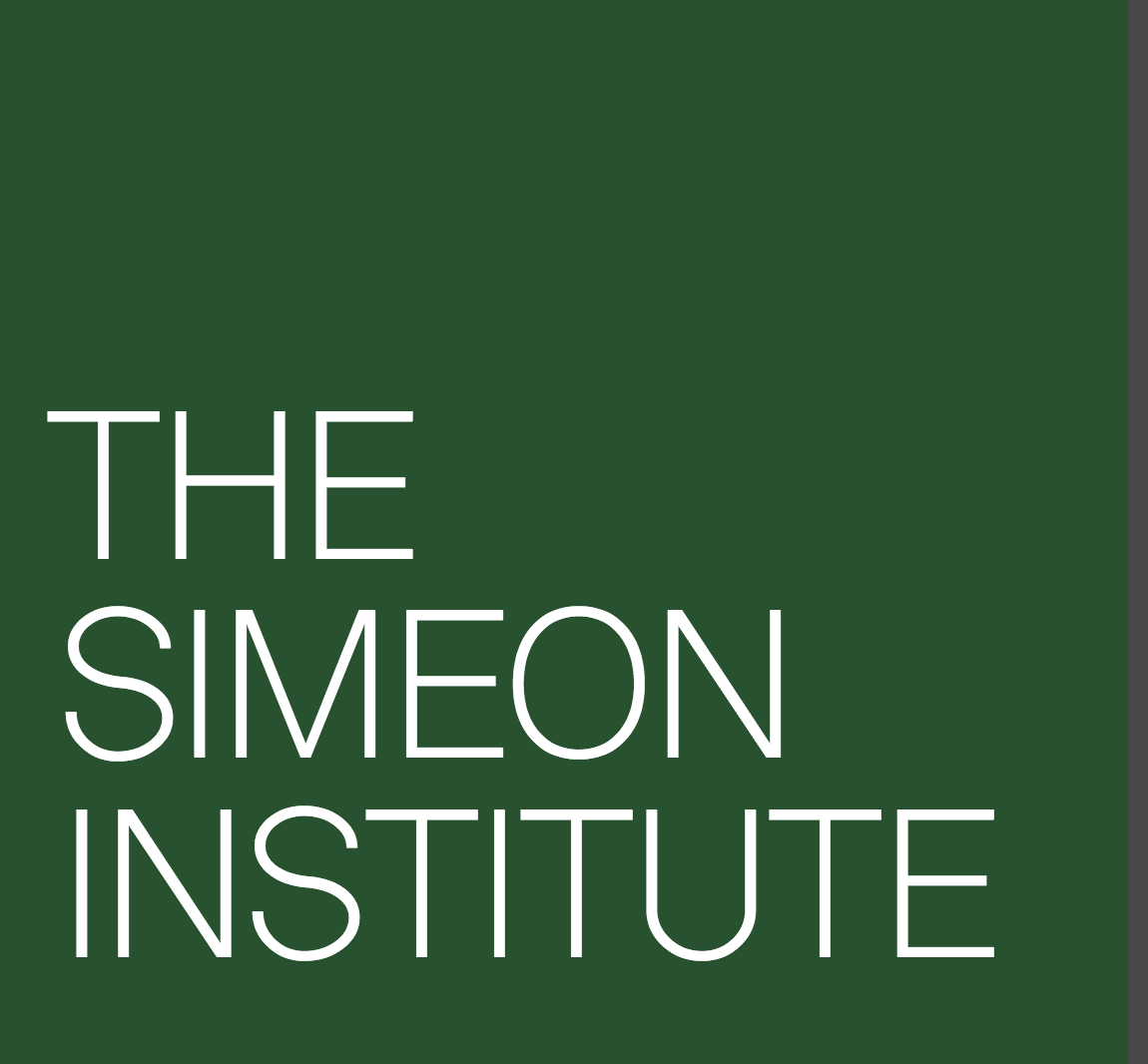THOSE PESKY HAZARDS THAT SNEAK UP ON US AND WHY THEY MATTER
/In “re-imagining” the peculiar and unique context of crisis management in the academic setting, I have had the opportunity in recent months to work with several major public universities NFPA 1600, EMAP and the various professional organizations generate helpful, commendable and applicable tools ... but they yet remain on the journey to understanding why academe is so fundamentally different, and therefore how its crisis management tools should be reconsidered.
Standard protocol dictates that we apply currently acceptable benchmarks like NFPA 1600 to these organizations and end up with a NIMS/ICS plan that will work. The good news is that the NFPA tool leaves no stone unturned – more challenging is the time, staff, energy, collaboration, organizational complexities, expertise and unique approach required for an educational institution to use this tool. (Also problematic is the apparent absence of actual rubrics for these tools – lt me know if you find some.)
If you’ve spent any time in emergency management, especially in traditional settings like business, state or local government, the knowledge available is extensive and thorough. We identify potential hazards and rank them to make the task more manageable, then plug on through the planning process until thoughtful and well-exercised plans are in place.
But have you noticed that the hazard part is getting trickier? Earthquakes, fires, hazmat incidents and even terrorism are certainly better understood than they were ten years ago. But what are we missing? What are the hazards yet to be comprehended which will create unpleasant surprises?
One major public university is experiencing repeated power outages in research facilities with sensitive temperature and energy tolerances. No one really knows the full cost implications of a catastrophic power failure, but a few discerning individuals have made the connection to future research funding. In disaster parlance this is a mitigation question.
In another example, a journalist connected off-campus U.C. Berkeley facilities targeted with recent Occupy activities to the University’s research efforts. The implication for reputation management is clear; in this case the incident appears resolved with little or no damage.
Today another major university ran afoul of the FDA. The “hazard” apparently emerged in 2008 and may be rapidly approaching crisis status. The Chronicle of Higher Education noted that this institution could be banned from “receiving federal research grants.” (In 2011 this amounted to $130 million for the University in question.)
How do we approach “loss of research funding” as a hazard or threat? A catastrophic financial event could be one functional approach, with a fairly generic HAVUC/NIMSapproach.
However, real vulnerability extends far beyond the EMV and requires full and strategic costing. Much of this may be qualitative or even intuitive, (internally crowd-sourced?), modeled loosely, or even reaching only nominal/ordinal levels of analysis. It may be multi-dimensional, populated by numerous and passionately-involved activist stakeholders. Rankings cannot be ignored.
When the accreditors come to visit the institution, (which they do on a regular basis), how many plans will they find for confronting long-term, catastrophic financial failure? Where has this already happened?
tags:

